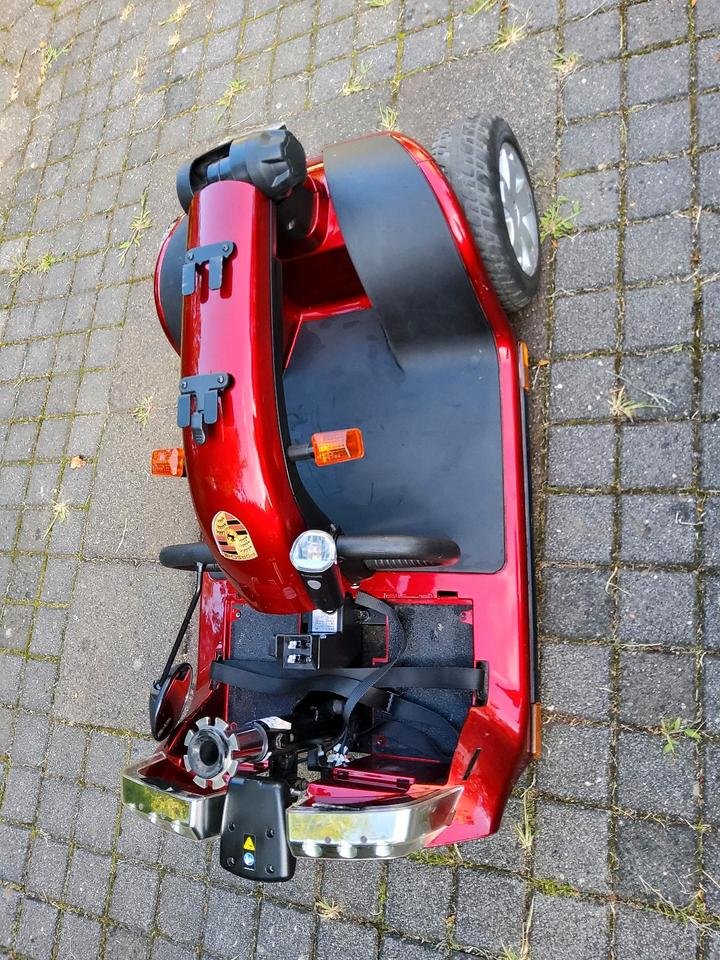Once it comes to guaranteeing self-sufficiency and liberty of movement, scooters for mobility have become a crucial resource for numerous individuals. Nonetheless, just like any automobile, the heart of a mobility scooter is in its battery. Adequate care and maintenance of mobility scooter batteries can dramatically extend their duration, ensuring that you can be active and occupied without the burden of frequent replacements.
Understanding how to boost battery performance is crucial to maximizing your mobility scooter experience. In this article, we will examine effective methods that not just boost the longevity of your battery but also increase its efficiency. From charging habits to storage tips, these methods will enable you continue to roll effortlessly while maximizing the most out of your mobility scooter.
Understanding Electric Scooter Power Sources

Electric wheelchair batteries are essential elements that energize electric scooters, empowering users to sustain their freedom and movement. Such power sources are primarily rechargeable varieties, with the typical types being lead acid and lithium ion. Lead-acid batteries are more traditional and are usually less expensive, but they tend to be heavier and have a reduced cycle life compared to their lithium-ion counterparts. Lithium-ion batteries, while typically more pricey initially, offer benefits such as lighter weight, extended life, and faster recharge durations.
Understanding how mobility scooter batteries work is important for proper upkeep. Such power sources store electricity and provide power to the scooter's motor, enabling it to run smoothly. Over time, power sources discharge as they are used, and their ability to hold a charge declines. This decline can be speeded up by factors such as temperature extremes, incorrect charging, and not operating the scooter regularly enough. Being cognizant of these factors can help users take proactive steps to prolong battery life.
Regular upkeep is key to enhancing the efficiency of mobility scooter power sources. Users should regularly check battery connections for corrosion, ensure that terminals are free from dirt, and keep track of the state of charge. If possible, charging the batteries in a controlled environment and following the manufacturer’s recommendations for charging cycles can prevent damage. By comprehending batteries and implementing these upkeep techniques, users can greatly prolong the lifespan of their mobility scooter power sources.
Optimal Tips for Scooter Battery Care
To secure the lifespan of your mobility scooter batteries, consistent powering up is necessary. When you complete using your scooter, plug it in to recharge, even if it hasn’t used up the battery completely. Batteries perform most effectively when they remain within the ideal charge levels and avoid deep discharges. Aim to ensure the battery charged within 30% to 80% whenever you can to reduce overheating and prolong overall duration.
An additional key practice is to ensure a tidy charging environment. Dust and debris can collect on the battery contacts, leading to weak connections and poor charging. Consistently inspect and wipe these connections with a clean cloth to encourage improved electrical contact. Moreover, ensure that the charging port is free from liquid and oxidation, as these factors can contribute to battery malfunction.
In conclusion, evaluate the storage settings of your mobility scooter. Severe temperatures can adversely affect battery performance; therefore, keep your scooter in a cool, dry place away from direct sunlight or severe cold. If you won’t be using the scooter for an prolonged period, detach the battery and check the charge level once a month. Following these practices will assist enhance the longevity of your mobility scooter batteries.
Resolving Typical Battery Problems
When you notice that your mobility scooter is no longer functioning as it previously did, it may be attributable to battery issues. One typical problem is reduced runtime, in which you notice the battery loses charge quicker than anticipated. This can often be attributed to battery age and use patterns. If your battery is worn out or hasn't been charged properly, consider changing it or reviewing your charging routine for regularity.
One more common issue is the scooter failing to start or demonstrating intermittent performance. This could be a consequence of bad connections or corrosion on the battery terminals. Examine the connections and remove any rust you find using a proper cleaner. Tightening loose connections can also help restore proper function and ensure that power is delivering efficiently.
Finally, be aware of the battery's temperature. Extreme high or low conditions can impact performance and charge storage. If you suspect that temperature is affecting your battery, try to store your scooter in a climate-controlled environment and do not leaving it in direct light. Regular inspections can help you identify these issues early and extend the life of your mobility scooter battery.
